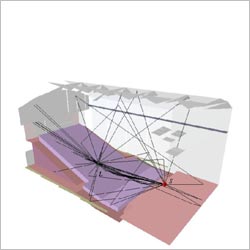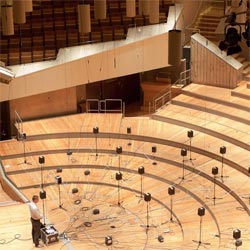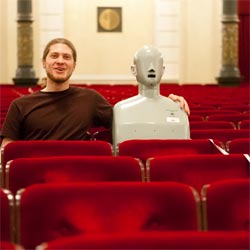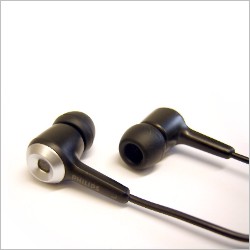- Details
- Published: 03 March 2014
The importance of early lateral reflections to good concert hall acoustics has been known for decades by researchers and practitioners of room acoustics. Earlier, they have been mainly believed to widen the perceived overall sound image and bring the perceived distance of the sound closer. A new finding by the Virtual Acoustics research group shows that the orchestra dynamics cause different range of auditory excitation depending on the concert hall acoustics. Moreover, the results suggest that the responsiveness of the concert hall to music dynamics is higher in classical shoebox-type halls.
The research, just published in the Proceedings of The National Academy of Sciences of The United States of America (PNAS), combines studies from three aspects: 1) Dynamic spectrum of a symphony orchestra; 2) Sensitivity of directional hearing, and 3) Spatial analysis of concert hall measurements.
1) The dynamic changes in music is one of the key components in expressivity. When the orchestra is playing very softly, the high frequencies (harmonic overtones) are only barely excited. When music is played more forcefully, the entire timbre of the orchestra becomes brighter as the the high frequencies are excited a lot. By comparing the spectra in different dynamics, we have learned that in the overall orchestra sound the high frequencies are emphasized much more than lower frequencies near the note fundamentals with increased dynamics.
2) The shape of the human head and ears modify the sound depending on which direction the sound is arriving from. This filtering effect is widely known as head-related transfer functions (HRTF). The directional sensitiviy increases towards high frequencies, so that at around 2kHz sound coming from the side are emphasized with regard to sound coming from the front.
3) The concert hall geometry influences greatly to the directions of sound reflections. In late 2012, a group of six researchers completed a comprehensive measurement tour in ten European concert halls. With spatio-temporal analysis on the measured shoebox-type halls, it is typical that distinct early reflections arrive from the sides in the lateral plane. Reflections in other types of halls are more scarce, and arrive from less optimal directions.
A combination of these three aspects yield a situation, where in low dynamics the instruments do not radiate much high frequencies. Hence, the high-frequency directional hearing is much neglected. However, with stronger playing the high frequencies come along, and the reflection paths and directional hearing are emphasized. If the early reflections arrive from the sides, they enhance the high frequencies with respect to the direct sound.
Generally the classical shoebox-design concert halls, such as the Vienna Musikverein, Amsterdam Concertgebouw, and Boston Symphony hall, are considered as the best. Although the Boston hall is not included in the measurements, it is expected to show results comparable to the acclaimed European halls. Earlier studies have presented results where lateral reflections with more high frequencies increase the subjective preference. Since the shoebox geometry is shown to increase the hall's responsiveness to musical dynamics, thus expressivity, the results presented in the article can potentially explain the general preference for the classical shoebox concert halls.
J. Pätynen, S. Tervo, P. Robinson, and T. Lokki: "Concert halls with strong lateral reflections enhance musical dynamics". Proc. Natl. Acad. Soc., vol. 111, no. 9, March 2014.
Article URL: http://www.pnas.org/cgi/doi/10.1073/pnas.1319976111









